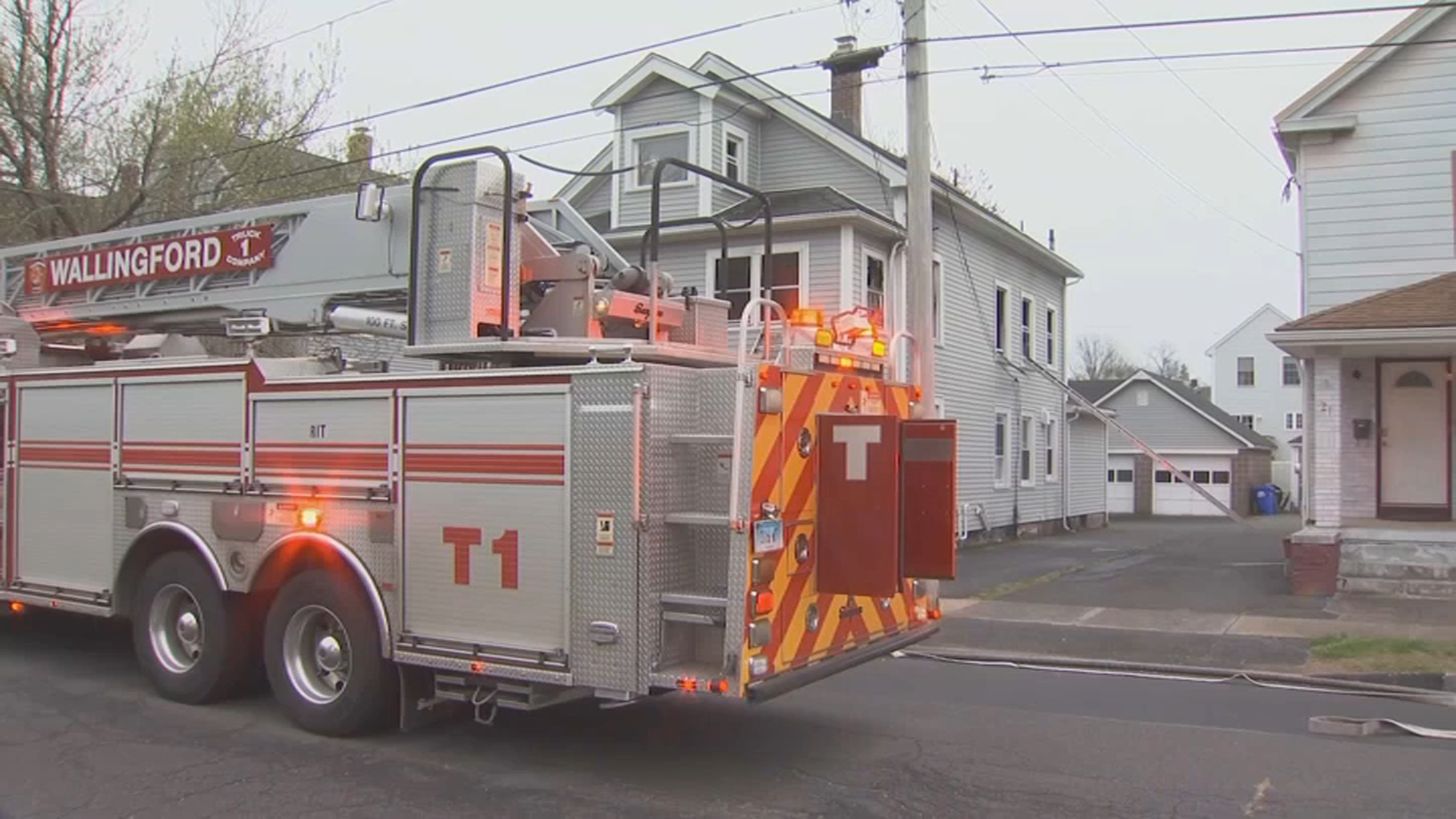Mosquitoes in two more Connecticut communities have tested positive for Eastern Equine Encephalitis.
On Friday, public health officials announced that Waterford and Groton were the latest communities to test positive for EEE, bringing the total number of towns to 26.
The deadly virus has claimed three lives and sickened a fourth person.
Because of the threat of EEE, the Friday night lights look a little different these days as teams try to get the games done before dusk. Schools across the state made the decision to move up evening activities to protect fans.
Berlin moved their varsity football game from 6:30 p.m. to 4 p.m. after people were told to avoid the outdoors after the sun goes down.
“It is weird. I like the Friday night lights. But, it’s worth it. It’s better to be safe than sorry,” said Crystal Taylor, a Berlin football parent.
“You know, it only takes one time with the mosquito scare that’s going on so I’m glad that they moved it up,” said Kristin Sparks, whose two sons also play on the team.
Local
Ann Burgoyne, of Cromwell, said news of the deadly virus making its way to Connecticut left her a bit unnerved. She hoped Friday night’s forecast for frost would kill the threat for EEE.
“I would have thought that would have nailed them,” said Burgoyne.
Not so, said one of Connecticut’s leading experts on the mosquito-borne disease, Dr. Theodore Andreadis, head of the Connecticut Agricultural Experiment Station.
“Mosquitoes will seek areas where they can hide. They’ll protect themselves,” he explained.
He said they’ll find a home under the roots of trees or in your house. He said some of the 52 different species of mosquitoes buzzing around Connecticut can even live through the dead of winter.
The lab at the Connecticut Agricultural Experiment Station has been busy since Andreadis’ team first discovered a mosquito in Voluntown carrying the virus back in July.
“We’re continuing to trap. We are likely to find a few more infected ones,” said Andreadis.
The good news, he said, is that the bugs have stopped breeding, dramatically reducing the chances that EEE will continue to spread.
“We say the risk now is very low but it’s never zero,” stated Andreadis.
That means this might be the last week teams have to play under the sun instead of the stars.
“There will still be a few mosquitoes around but the risk will be so low that it probably won’t be necessary to curtail those activities,” said Andreadis.
He pointed out that the latest tests show no new cases in Voluntown, which bodes well for the entire state.
“That would indicate to us, that the transmission cycle has come to an end,” Andreadis said.
While we’re not completely out of the woods yet, Andreadis said the chances of exposure to EEE are low.
While Friday night’s frosty forecast won’t kill them, he explained that the cooler weather causes them to stop biting.
“I think by the end of next week we’re pretty much done,” he said.
Municipalities will get an update from public health officials next Tuesday on whether they’ll get the green light to move outdoor activities back to their regularly scheduled time.
Andreadis said those who plan to spend time in wooded areas, particularly in the eastern half of the state where the most mosquitoes have tested positive for the virus, should keep taking steps to protect themselves.
The Karambays of Newington said they’ll continue to put those precautions into practice.
“I wear long sleeves. I cover up as best I can,” said Debra Karambay.
“I watch the times of day and where I’m going. So, I have been very careful that way,” added her husband, Paul.
Attention is already turning to year. Andreadis said he plans to ask the state for money in the budget to add more mosquito collection sites and conduct more tests.
“I strongly suspect that we will see some activity next year and it will likely be in the same locations but I don’t think we’ll see as much,” he said.
Temperature and rainfall patterns will ultimately determine the prevalence of the virus next year, he explained.



